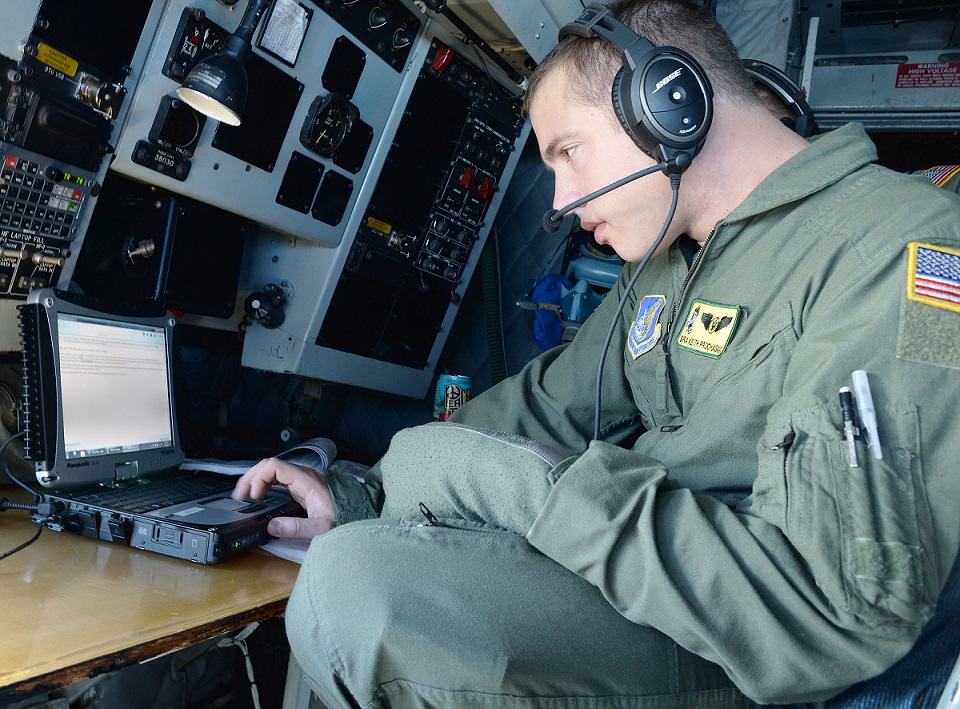This post is also available in:
 עברית (Hebrew)
עברית (Hebrew)
New military technologies often require GPS for navigation and positioning. But what happens when GPS goes out? The US Army is interested in the development of a mounted device that would provide troops with positioning, navigation and timing in case GPS is not available.
Willie Nelson, the director of the Army’s Assured-Position, Navigation and Timing (A-PNT) cross functional team dedicated to ensuring forces have reliable location data on future battlefields, said that for the first time, the service will ensure vehicles have an alternate source for their location, navigation and timing.
The Army has a new system architecture for PNT that would determine how the service would work without GPS. Alternate PNT systems are used when traditional GPS satellite signals are not available or have been jammed.
On the heels of the mounted A-PNT requirement, the Army is also nearing a dismounted PNT requirement, Nelson said.
In addition, the Army is establishing a modeling and simulation effort to better predict how weapons systems will act without position, navigation and timing capabilities. “In many cases we model GPSs on or GPSs off. How do you model that in a more realistic way?,” Nelson asked. “Maybe not every system out there needs every exquisite platform but who needs them? Who’s in the fight, who’s in the contact with the threats that can affect them the most? It helps make us informed, data driven decision instead of emotional decisions.”
According to c4isrnet.com, a testing effort at a range that will take place in August in White Sands, New Mexico, will allow users to disrupt PNT for military systems and commercial systems. He stressed that this isn’t an assessment in the traditional sense, but the Army wants to create the conditions for industry to bring their equipment to test it.


























